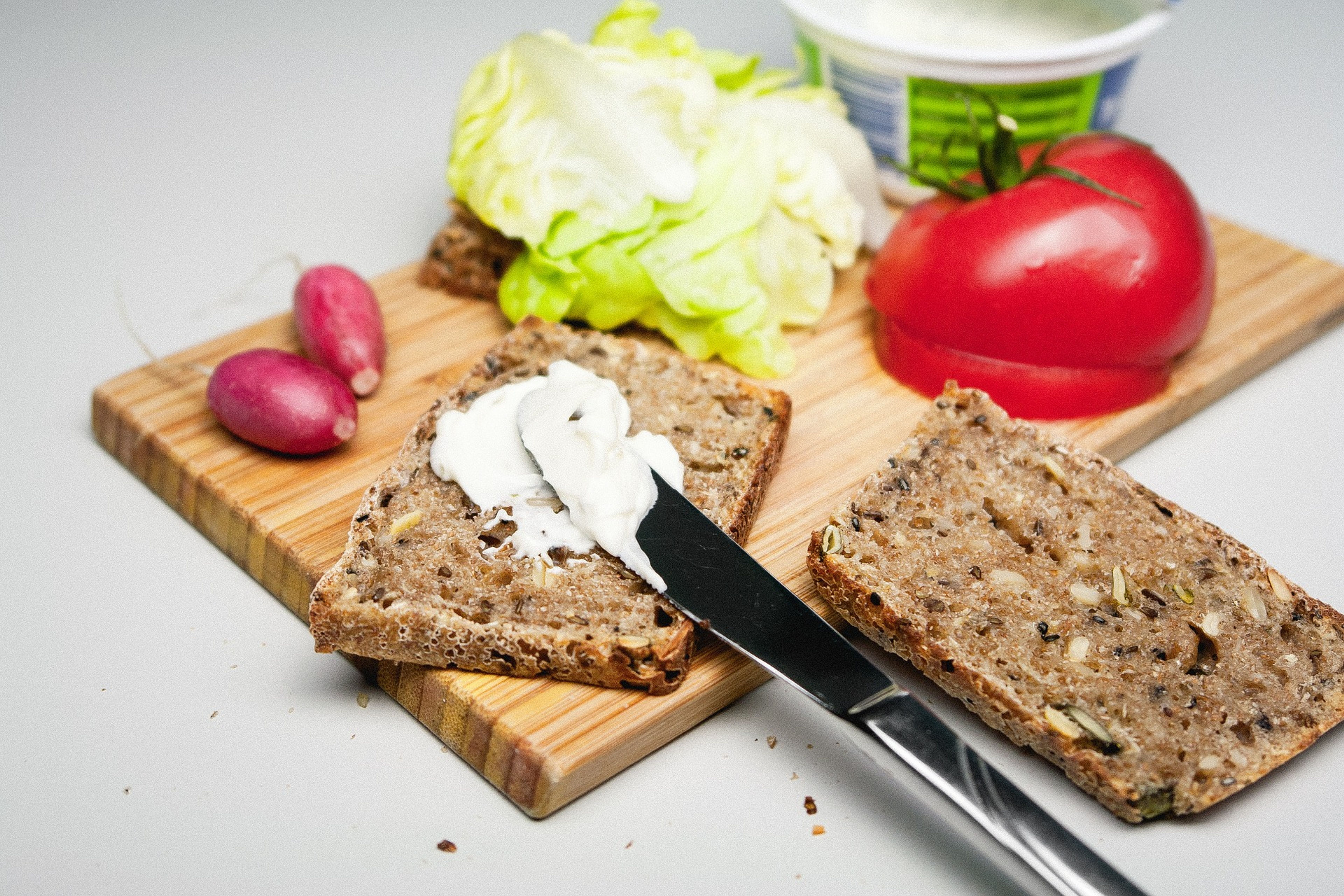
- General
5 alternatives to eating bread
Written by: Editors
Modified on:
Bread is an important part of the British diet it’s cheap, easy: buying bread, investing and preparing for it is convenient. It’s best to get used to eating less bread. Bread is also an important source of dietary fibre, B vitamins, iodine and iron. So if you replace bread, make sure you get enough of it. Here you will find 5 good bread alternatives to help you out. If you have discovered you have coeliac disease you will have to plan and purchase different types of foods.
What are good alternatives to bread?
1: Buckwheat pancakes and rye bread
Have you ever thought about trying to eat other types of cereals such as wheat, such as spelt bread, oat bread or rye bread?
There are great alternatives that have many fibres and vitamins. Speltbrood still contains gluten, but many people with irritable bowel react well to including it in their diets.
If you really want something other than bread try cereals such as silver rice, quinoa, millet and buckwheat are a good alternative. For example, prepare pancakes of buckwheat flour or oatmeal with sprouted banana.Try some alternatives for breakfast.
For example, prepare buckwheat pancakes or oatmeal with sprouted banana.
2: Pap, yoghurt, curd and shakes
Breakfast without bread is actually very simple. Take a bowl of yoghurt or curd. They contain many proteins and therefore keep you more saturated. Delicious with fruit and possibly (gluten-free) muesli. You will also receive a portion of fruit immediately or you can even try out a smoothie bowl.
A good alternative to bread is oatmeal: how to cook milk, sprinkle instant oatmeal, stir and finish it! Furthermore, a shake of milk or yoghurt with fruit and oatmeal gives you the much-needed energy. By nature, oat contains no gluten.
3: Omelette with vegetable
Eggs contain many proteins and therefore provide the necessary energy. In addition, there is iodine. And you can combine eggs perfectly with vegetables. For example, make your breadless lunch a deliciously filled omelette of eggs with tomato, mushrooms, bush and cheese. The more eggs, the longer you are saturated.
4: Soup with rice or lentils
A delicious thick soup is not only a good alternative to “boring” bread, but it also fills well, especially if you add beans, quinoa or rice. Think of a thick minestrone or lentil soup. Provide a lot of vegetables: that’s good for the fibre and the vitamins.
5: Salad with beans or quinoa
More vegetable food as an alternative to bread is a good idea and a salad too. If you eat vegetables in addition to your main meal, it will be much easier to get the recommended minimum of 250 grammes. Before you know, you’re over there.
So if you still make beans in your salad, such as chickpeas, white beans or kidney beans, you’ll also eat more legumes immediately: another recommendation from the new Five-Disc. In addition, you stay long saturated. Or think of a pair of quinoa handles, silver rice or whole wheat pasta.
Reasons to eat less bread
There may be many reasons for cutting down from two bread meals a day and looking for alternatives to bread. You may want more variety in your food, for example, or just don’t like bread. Often health motives play a role, such as a hypersensitivity to gluten or the desire to eat fewer carbohydrates.
Less or no gluten
The most bread we eat contains wheat bread. There is gluten in, a certain protein ingredient. Not everyone can do it right. One percent of the population can not even tolerate gluten at all. Gluten leads to inflammation of the small intestine, known as celiac disease. In addition, there are people who are sensitive to gluten without having celiac disease. They find that they have less (intestinal) complaints if they eat less or no wheat bread. Also, wheat contains certain carbohydrates that cause irritable bowel in some people.
Carbohydrate poor food
In recent years there is also a lot of attention to carbohydrate foods. Carbohydrates are important energy suppliers, but you can also get fat from eating these types of food. This is especially true if you eat “fast” carbohydrates, without much fibre, like in white bread. Also, that can be a reason to moderate with bread and to seek an alternative.
Watch out for iodine!
Want or can not you eat no bread at all? Make sure you get enough iodine. Iodine is in the bread salt that bakers use, precisely because we otherwise get little iodine in the UK. Iodine occurs naturally in everything that comes out of the sea, such as (white) fish, shrimp and seaweed (nori). You can also use Jozo’s added salt with added iodine, although there is less iodine than in bread salt. And otherwise, there are always iodine supplements. Make sure that you do not exceed the recommended daily amount because that is not good either.
You can start exploring some of the new bakeries in England that help to offer these alternatives. The easiest way to start is to ask the staff what is bread free. It’s also easy as now menus now you can see if a dish is a bread free by looking at the food symbols.
Source: coeliac.org.uk